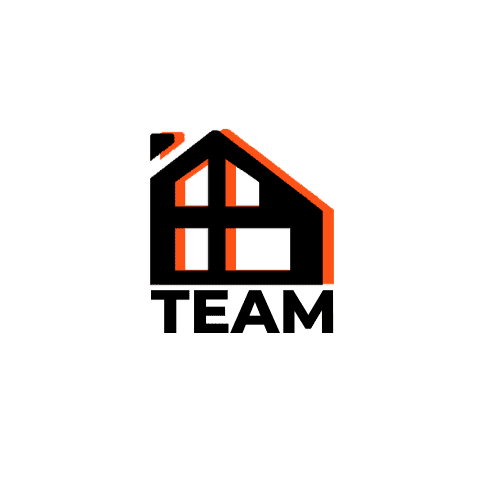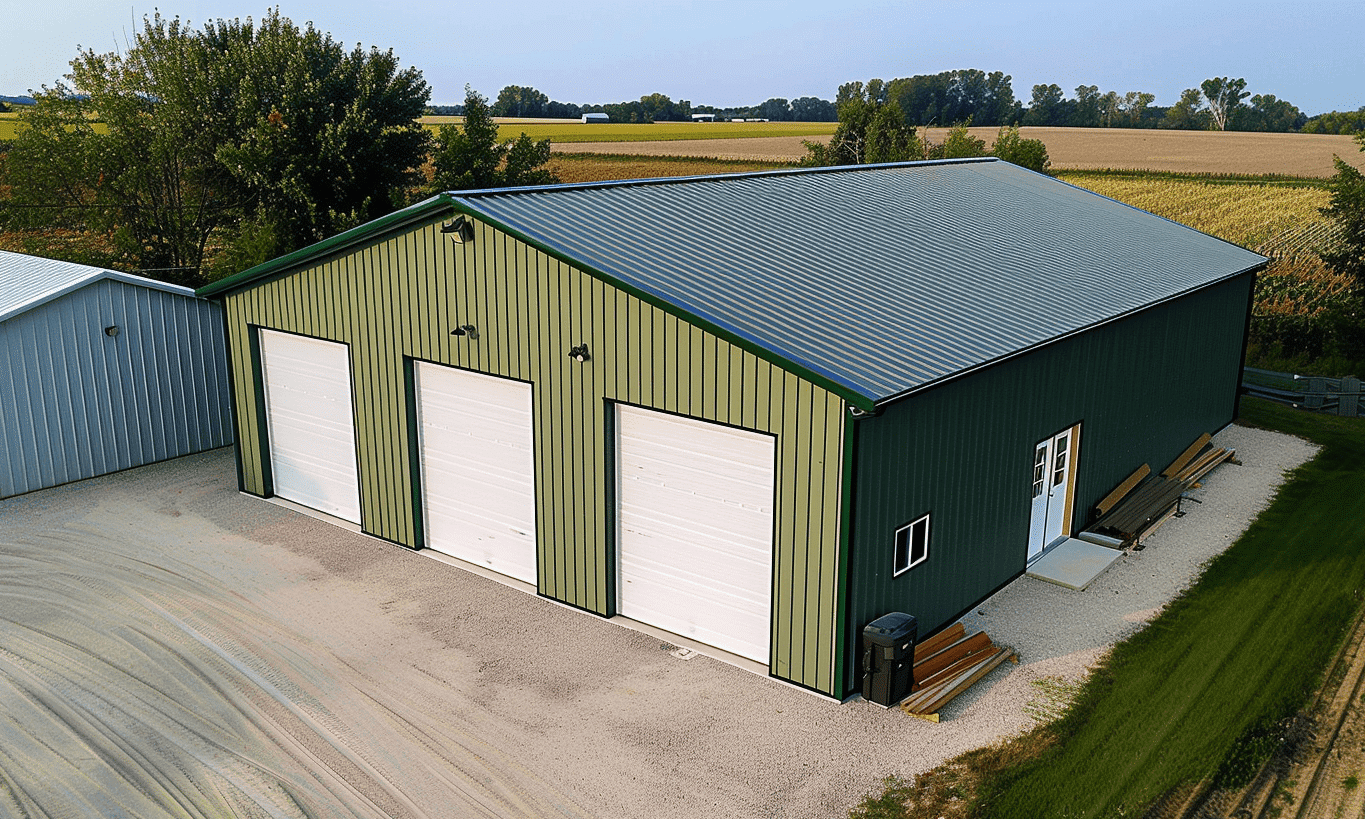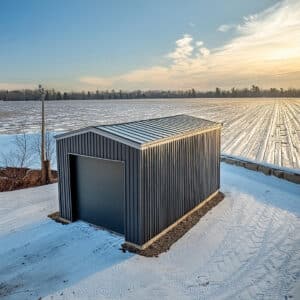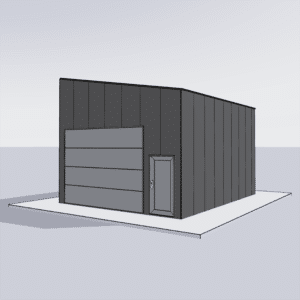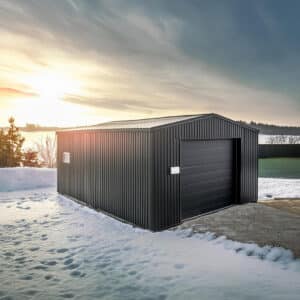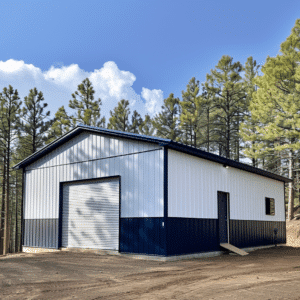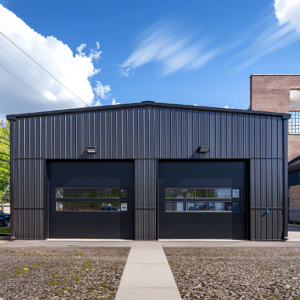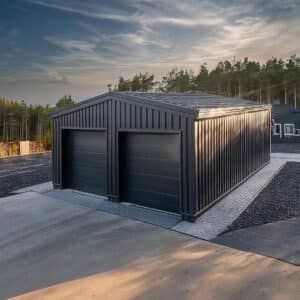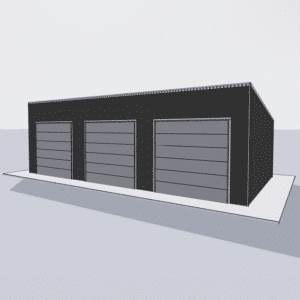Ensuring the structural integrity of steel buildings is paramount to not only meeting regulatory standards but also safeguarding the investments they represent. With the growing demand for durable, sustainable, and cost-effective construction solutions, steel buildings have become increasingly popular. However, like any structure, they require regular safety checks to ensure long-lasting integrity. In this article, we’ll explore the top safety checks every owner and builder should follow to maintain structural integrity, employing the best practices in the industry.
Understanding the Importance of Structural Integrity
Before delving into the safety checks, it’s essential to appreciate why structural integrity is so critical for steel buildings. Essentially, structural integrity refers to the ability of a construction to withstand its intended load without experiencing failure. When integrity is assured, the structure can endure various stresses and environmental conditions over time. This reliability not only ensures occupant safety but also maximizes the lifespan of the building, making it a sound investment.
Common Factors Impacting Structural Integrity
Numerous factors can affect the integrity of steel buildings, from natural causes like weather extremes to human-related issues such as design flaws. Consider the following:
– **Environmental Stressors:** Weather conditions like snow, wind, and earthquakes exert constant pressure on buildings.
– **Material Quality:** High-grade steel and quality construction materials are imperative in ensuring a robust structure.
– **Design & Engineering:** Flaws at this stage can lead to irreparable issues later on.
– **Maintenance & Compliance:** Regular Steel Building Maintenance Guide checks are vital to detect and resolve potential problems before becoming severe.
Conducting Safety Checks: What You Need to Consider
Integrating periodic safety checks into your building maintenance plan is crucial. Here’s a comprehensive guide on what these checks should entail:
Foundation Inspection
A solid foundation is the bedrock of any structure. For steel buildings, ensure there are no signs of cracking, water pooling, or uneven settling. These can compromise structural integrity over time.
### Key Actions:
– Conduct thorough inspections at least annually.
– Address minor cracks immediately to prevent them from worsening.
For more information on inspection procedures from start to finish, check the Steel Building Inspections: Foundation to Final Approval guide.
Steel Frame Assessment
Given that steel frames bear the building’s load, assessing their condition is pivotal. Rust and corrosion are primary concerns because they weaken the material.
### Key Actions:
– Regularly check for the presence of rust and moisture.
– Ensure protective coatings are intact.
Integrating insights from the Steel Building Durability & Safety Guide can improve your understanding of mitigating environmental impacts.
Structural Connections and Component Testing
Connections such as bolts, welds, and joints are crucial to the integrity of steel buildings. As such, their examination should be thorough.
Inspection Techniques and Compliance
Utilize non-destructive testing methods to assess these connections’ strength without damaging the components. Ensure compliance with standards like the OSHA Steel Erection Standards, which outline safety protocols for construction practices.
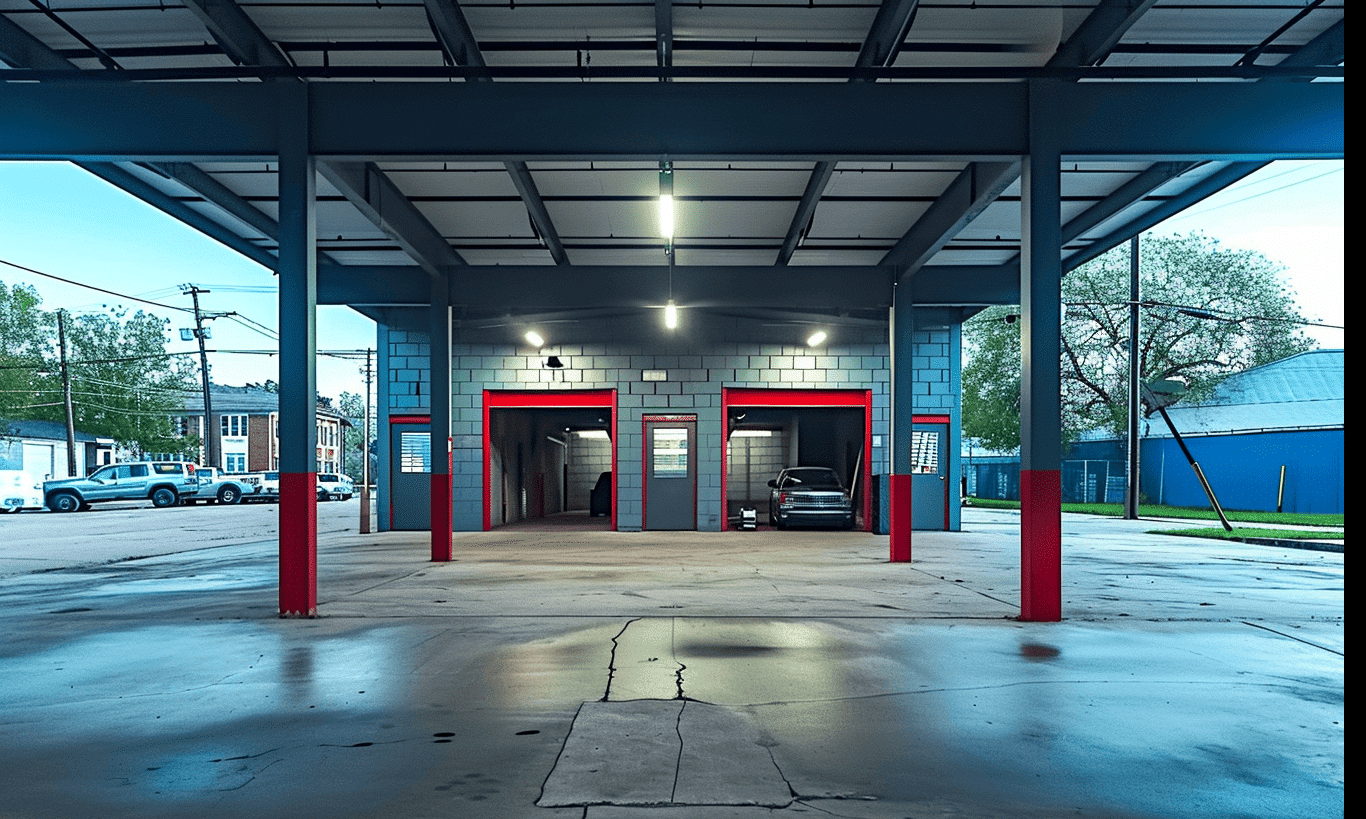
Roofing and Envelope Evaluation
The roofing, cladding, and related components need periodic checks to prevent leaks and thermal inefficiency.
### Key Actions:
– Inspect roofs for damaged or loose panels.
– Ensure sealants and weatherproof features are in good condition.
Integrating Safety Reviews with Routine Maintenance
Making safety reviews part of your routine maintenance plan is not just advisable; it’s essential for prolonging the life of your structure.
Comprehensive Maintenance Strategies
– **Schedule Regular Reviews**: Incorporate safety checks in quarterly or bi-annual maintenance schedules.
– **Document Findings**: Consistently record inspection results to track potential issues over time.
For actionable plans and maintenance checklists, refer to the Steel building safety and compliance resources.
Conclusion: Securing Longevity through Daily Vigilance
Ensuring the structural integrity of your steel building involves ongoing diligence and adherence to stringent safety standards. From foundational checks to regular inspections of the steel frame, proactive maintenance decisions inevitably safeguard the building’s future. By following these outlined steps and leveraging industry resources, you will uphold your structure’s integrity and provide a safe, secure environment for years to come.
For an in-depth exploration of maintenance procedures and safety regulations, don’t miss our detailed guides and resources available through your building team’s comprehensive libraries. As the adage goes, “An ounce of prevention is worth a pound of cure,” ensuring every safety measure is an investment in the structure’s longevity and resilience.
